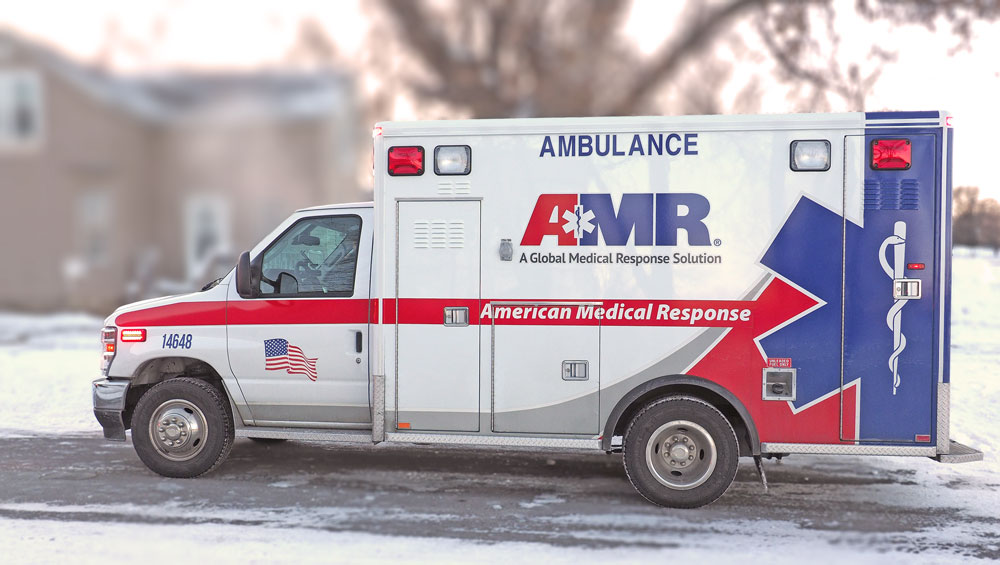1968 anniversary a good time to check tornado preparedness

Press Staff Report
Wednesday will mark the 56th anniversary of the monster tornado that devastated a significant portion of Charles City, killing 13 people, injuring more than 400 and destroying hundreds of homes as well as businesses, churches and schools.
What would later be classified as an F5 tornado tore through the heart of Charles City during the late afternoon of May 15, 1968. It traveled into the downtown area and beyond, leaving a path of destruction five blocks wide and 2½ miles long. It remains one of the most deadly tornadoes in Iowa recorded history.
It was reported that 2,200 out of Charles City’s 3,600 families at the time were directly affected by the tornado.
Damage estimates were put at $30 million in Charles City alone, with another $1.5 million primarily in Elma, which was also hit on the twister’s 65-mile path.
The names of the 13 people killed by the tornado are memorialized on a plaque in Central Park.
Although weather forecasting methods and warning systems have advanced significantly since that day 56 years ago, tornadoes remain one of the deadliest forces of nature, and the best way to avoid their damage is to prepare for it.
The National Weather Service and the American Red Cross offers these tornado safety tips:
Know the difference between a tornado watch and a tornado warning:
• A tornado watch is issued when conditions are favorable for tornado development. People located in and around the watch area should keep an eye to the sky and listen to their NOAA weather radio or tune to local broadcast media for further weather information. The watch is intended to give you time to prepare and time to review your safety rules.
• A tornado warning is issued when a developing tornado has been detected by National Weather Service doppler radar or a reliable report of a tornado has been reported. A tornado warning is usually issued for portions of one or two counties, for an hour or less. The storm could also produce large hail and destructive straight-line winds. If the tornado warning includes your neighborhood or work place, you should seek safe shelter immediately.
Plan ahead of time:
• With your entire household, practice moving quickly to the safe locations that you identified.
• Sign up for free emergency alerts from your local government.
• Plan to monitor local weather and news.
• Have a backup battery or a way to charge your cell phone.
• In case of a power outage, have a battery-powered radio.
• Gather food, water, and medicine. Get at least 3 days of supplies, including batteries and chargers for your devices.
• Keep personal, financial, and medical records safe and easy to access (hard copies or securely backed up). Consider keeping a list of your medications and dosages on a small card to carry with you.
In the event of a tornado:
• In general, get as low as you can. A basement below ground level or the lowest floor of a building offers the greatest safety. Put as many walls between yourself and the outside as possible. Avoid windows at all cost!
• Tornadoes could be obscured by rainfall or come at nighttime. Do not wait until you see or hear the tornado, it may be too late.
• Do not waste time opening or closing windows and doors. It will not protect the structure. You will only waste time and put yourself and others in greater risk. Use those valuable seconds to find a place of safety.
• In homes or public buildings: Go to the basement or a small interior room, such as a closet, bathroom or an interior hall on the lowest level. Close all doors to the hallway for greater protection. If possible, get under something sturdy like a heavy table. Protect yourself from flying debris with pillows, heavy coats, blankets or quilts. Use bicycle or motorcycle helmets to protect your head.
• In mobile homes: Leave well in advance of the approaching severe weather and go to a strong building. If there is no shelter nearby, get into the nearest ditch, low spot or underground culvert. Lie flat, covering your head with your hands for protection.
• In vehicles or outdoors: When tornadoes are possible, limit your outdoor plans or finish them early. Stay close to a sturdy shelter. If caught outside, find shelter in a ditch or remain in your vehicle and cover your head for protection. Do not take shelter under a highway overpass, where wind speeds can increase due to a tunneling effect. It is best to not put yourself or others in a situation where no sturdy shelter is available.
Remember, stay away from doors, windows, outside walls and protect your head!









Social Share